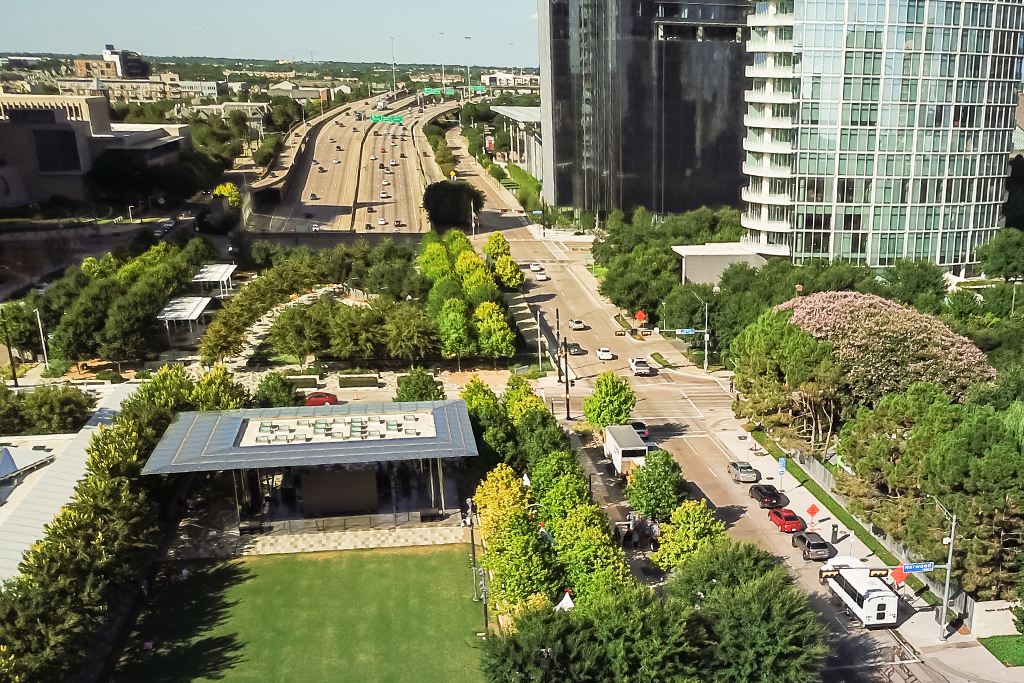Balancing Destination Development with Stewardship
Outdoor recreation is a cornerstone of community competitiveness, but true destination development requires thoughtful stewardship. Lessons from Park City, Utah; Stowe, Vermont; and West Virginia show that by protecting natural assets, reinvesting in infrastructure, and ensuring residents and visitors enjoy the benefits of outdoor recreation growth, communities can build resilient, long-term economies.
Balancing Destination Development with Stewardship Read More









